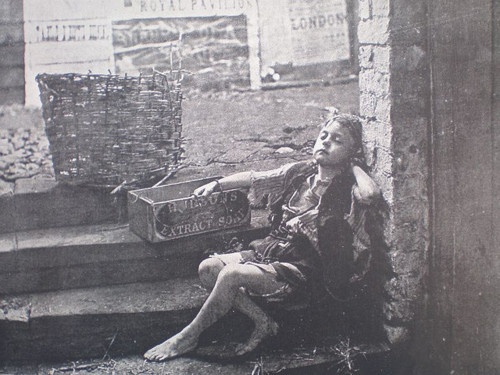
Just this week, in the wake of the professional footballer Joey Barton being banned for placing bets on his own team, the Arsenal manager Arsene Wenger, declared that he thought there was too much gambling in modern society. He told the press:
‘It is a little bit I must say the general problem in our society. You you have everywhere, on every advert, bet … bet on Sky … bet on here and there, so you have not to be surprised when people get addicted to betting’.
Gambling and indeed, concerns about gambling are nothing new. There were worries about the effects of the lottery in eighteenth-century London, and plenty of pamphlets and tracts were written condemning games of chance such as cards or dice. It was especially concerning when apprentices or other young people were involved.
Georgian worries turned into Regency ones, and then into Victorian ones; what we see today is perhaps only the inevitable slide towards everyday betting on anything, that all those previous commentators had warned us about.
Nineteenth-century critics of gambling condemned the practice for the same reasons they (for it was often the same people) attacked the consumption of alcohol – at least to excess. Gambling, like the ‘demon drink’, drained the pockets of the poor and brought destitution and moral collapse. As a result most gambling was highly regulated, just like the sale of alcohol.
Which is why James Knott found himself in front of the police magistrate at Worship Street in late April 1857.
Knott ran a beer shop in Shoreditch which had aroused the suspicions of the police. Inspector Cole thought Knott was engaged in an illegal betting operation and had the shop watched. Having assured himself that the shop keeper was up to mischief he called on him one afternoon to ask some questions.
Inspector Cole wanted to look inside a desk which was nailed to the floor but Mrs Knott was reluctant. She told him that ‘the key had been taken away by her husband’ and she couldn’t open it. Cole’s response was to say he was quite happy to break it open.
Knott then appeared and miraculously produced the key and opened the desk. Inside (to Knott’s apparent ‘surprise’) the inspector found what he was looking for: ‘various documents relating to races, amongst which were telegraphic messages from York and Doncaster, and numerous betting cards and books’, with details of races run since September 1856.
Knott had explained when questioned by Cole that a man known only as ‘Jemmy’ ran the betting organization, but so far the police had been unable to apprehend him. Knott had a lawyer to speak for him in court who told the sitting magistrate, Mr D’Eyncourt, that his client was innocent, that at worst he had acted in ignorance of the law, and since he was ‘impoverished’ he hoped the justice would be lenient with him.
Mr D’Eyncourt wasn’t inclined to leniency however, and fined him the full amount – £25 (or nearly £1,500 in today’s money) – warning him that failure to pay would earn him three months in the house of correction. At first the ‘impoverished’ beer shop owner looked destined for a spell of hard labour but then, as miraculously as he had found the key to a desk the contents of which he claimed to be entirely ignorant of, he paid his fine and left.
[from The Morning Chronicle, Thursday, April 30, 1857]







